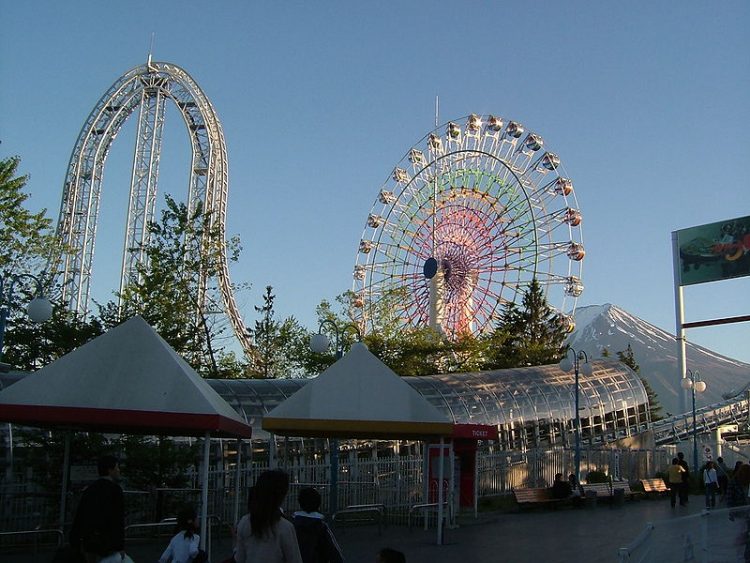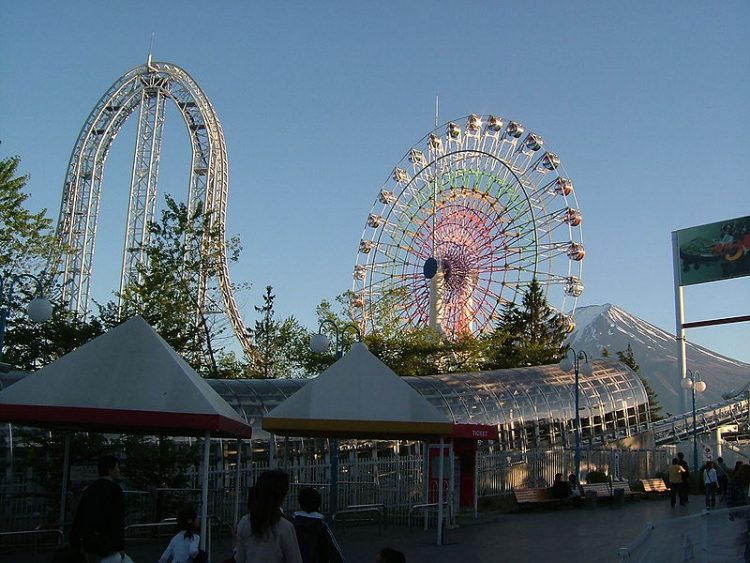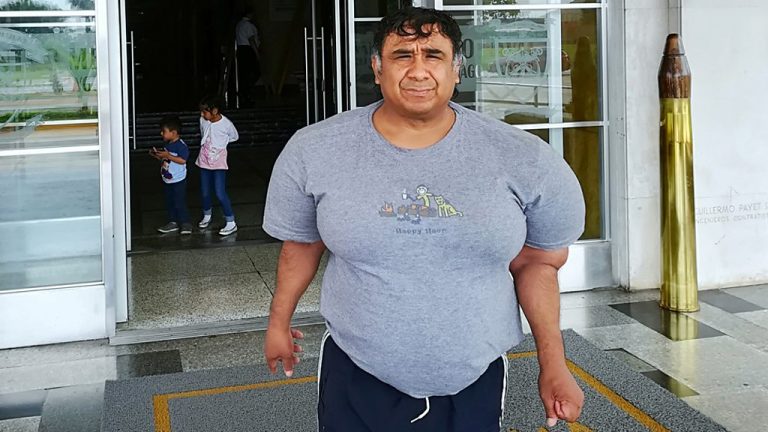Do-Dodonpa, the world’s fastest-accelerating roller coaster, has been temporarily closed after a number of people broke their backs or necks after riding it in the last nine months.
Located in the Fuji-Q Highland Park, in Fujiyoshida, Japan, the Do-Dodonpa roller coaster has been operating since 2001, offering riders an adrenaline-fueled experience. It is famous for being able to accelerate from 0 to 180km (112 miles) per hour in just 1.56 seconds, which makes it the world’s fastest-accelerating roller coaster. Despite its “super death” speed, Do-Dodonpa had never been associated with rider injuries until December of last year, when people started suffering bone injuries after going on the roller-coaster. Six cases have been reported since, four of which involved broken back or necks.

Photo: Geomr/Wikimedia Commons
Do-Dodonpa had such a clean record that in 2017 officials at Fuji-Q Highland Park decided to make the roller coaster ride even more exhilarating by increasing the maximum acceleration from 172km to 180km per hour. Everything was fine until December of 2020, when the first reported injury occurred, which only makes the string of injuries that much stranger.
In August, Fuji-Q Highland Park decided to suspend the roller coaster and investigate what was happening. Unfortunately, they came up with no explanation. Sansei Technologies, the company that manufactured the ride, apologized to the injured riders, but couldn’t explain what was causing the injuries either.
Naoya Miyasato, an architecture professor from Nihon University who studies roller coaster designs, recently told VICE News that bone injuries caused by roller coaster rides were unheard of until last December, because “roller coaster designs must all abide by government-approved standards”.
Although Miyasato couldn’t offer an answer to the mystery either, he did speculate that the bone injuries might have something to do with the rapid acceleration of the roller coaster, which at its peak is more than three times the force of gravity and comparable to the G-forces experienced by astronauts during rocket launches. However, that doesn’t explain why the same forces didn’t cause injuries before December of last year.
The professor’s second theory is that the riders’ positions on the ride could be to blame for their injuries as well. Do-Dodonpa requires riders to lean back against their seat and wear over-the-shoulder restraints, leaving as little space between their backs and the backrest as possible. According to the Japanese newspaper Mainichi Shimbun, one of the injured riders admitted that she might have been leaning forward during the ride.
“If they detected no serious concerns with the actual ride, then it could be the way people were sitting. But if a person was sitting incorrectly, say with space between their backs and their seat, it’s the responsibility of the park employees to check their seating position,” Naoya Miyasato said.
No technical issues were found upon initial investigation, but until the investigation is completed, the world’s fastest-accelerating roller coaster will remain closed.
Interestingly, statistics from the International Association of Amusement Parks and Attractions show that the chance of suffering a serious injury while riding a roller coaster is about one in 15.5 million.













